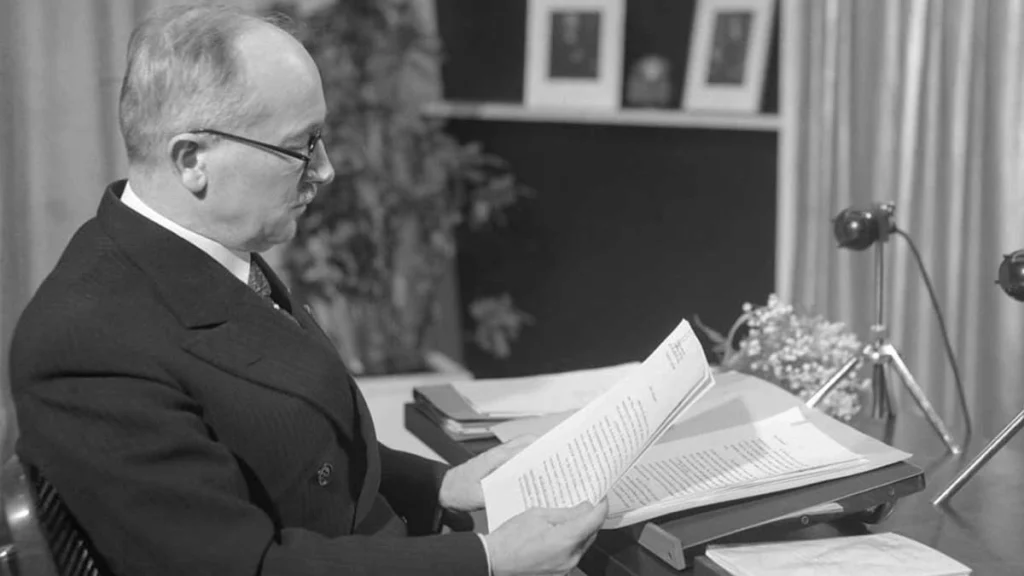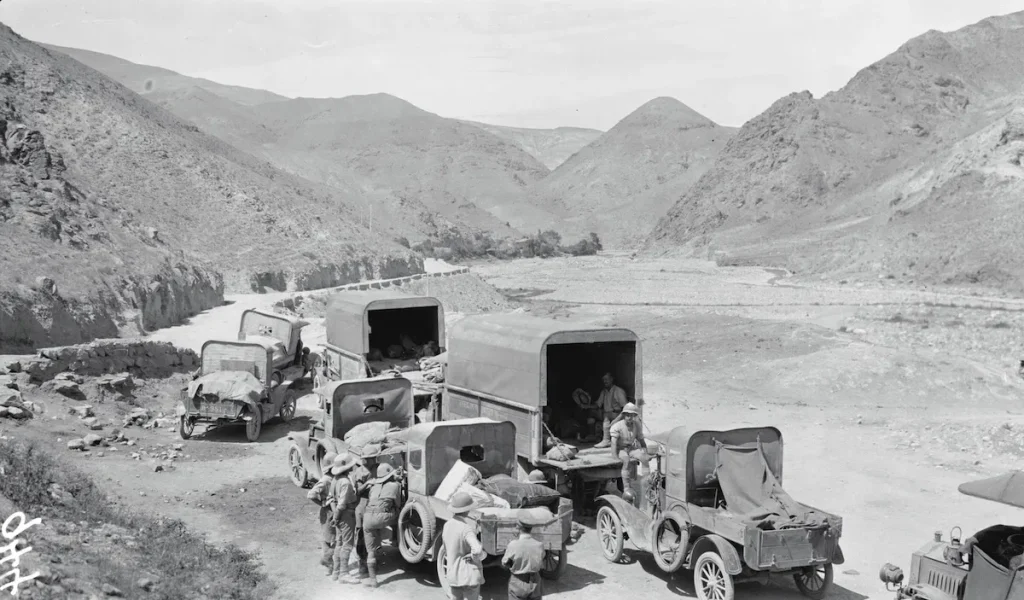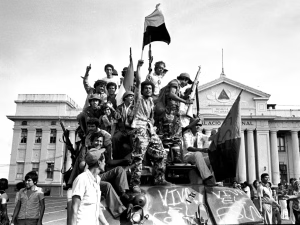Every September between 1933 and 1938, the medieval city of Nuremberg was transformed into the stage of one of history’s most chilling spectacles. Tens of thousands of uniformed Nazis, draped in swastika flags and flooded with martial music, converged on the city for the Nuremberg Rally—a grand theatre of political worship orchestrated by Adolf Hitler and his regime. It was more than a rally. It was a calculated symphony of symbols, rituals, and speeches designed to fuse the German people into a single ideological body.
The roots of the rally went back to the early 1920s, when the fledgling Nazi Party gathered its supporters in Munich. But it was in Nuremberg—chosen for its historical association with the Holy Roman Empire and its central location—that Hitler found the perfect canvas for his political theatre. After seizing power in 1933, the Nazi regime elevated the rally into an annual event that became a keystone of its propaganda machine.
The City Becomes a Stage
For a week each year, Nuremberg was draped in Nazi symbolism. Banners adorned buildings, torchlight parades illuminated the streets, and tens of thousands of Party members, soldiers, Hitler Youth, and League of German Girls arrived in trains and caravans to take part in the spectacle. The city’s architecture was transformed: Albert Speer, Hitler’s favorite architect, designed enormous temples of concrete and steel to enshrine the Nazi worldview.
The most infamous structure was the Zeppelinfeld, an enormous rallying ground that could hold over 100,000 people. At its center stood a grandstand topped with a swastika-emblazoned podium, where Hitler would deliver his speeches. Rows of towering searchlights circled the field, beaming upward at night to create what British journalist William Shirer called a “cathedral of light.” It wasn’t accidental—everything was choreographed to evoke awe, fear, and unity.
The Cult of the Leader
At the heart of the rally was Führerprinzip—the principle of absolute loyalty to the leader. Hitler was not just the head of state; he was the embodiment of the German nation. When he entered the stadium, an electric silence fell over the crowd before erupting into thunderous cheers. His speeches were long, fiery, and messianic. To the masses, he spoke of destiny, purity, betrayal, and rebirth. To the world, he spoke of might.
But Hitler’s rhetoric was only one part of the spectacle. Every detail was meticulously staged to create a mythic narrative: that Germany had been betrayed in World War I, humiliated by the Treaty of Versailles, and now, under Nazi rule, was rising again like a phoenix.
The Role of Film and Media
The rallies might have vanished into memory were it not for the camera. Leni Riefenstahl, a filmmaker with an eye for drama and an unwavering devotion to Hitler, was commissioned to immortalize the 1934 rally in what became her most famous and infamous work: Triumph of the Will.
The film begins with Hitler descending from the clouds in an airplane like a god returning to Earth. What follows is a haunting montage of flags, formations, cheering youth, and stern faces, all woven together with Hitler at the center. The film didn’t merely record the rally—it mythologized it.
Despite its propaganda purpose, Triumph of the Will remains a landmark in cinema. Its innovative camera angles, tracking shots, and montage techniques influenced filmmakers for generations. But the power of the film lies not only in its artistry but in its intent: it was designed to make viewers believe in the inevitability and righteousness of Nazi rule.
A Nation Under One Banner
The rallies served multiple purposes: they were recruitment events, loyalty tests, training exercises, and emotional spectacles. For Nazi officials, it was a time to reaffirm their place in the hierarchy. For ordinary Germans, particularly the youth, it was intoxicating—a sense of belonging to something larger than oneself. Marching in perfect synchronicity, chanting slogans, saluting the Führer—these acts dissolved individuality and bound participants to the collective will.
Even religious ceremonies were mimicked. At the 1935 rally, the Nazi regime unveiled the Nuremberg Laws, stripping Jews of citizenship and codifying racial purity. This was not merely a legal maneuver but a ritual, delivered before the Party faithful with pomp and ideological fervor.
More Stories
The End of the Spectacle
The final Nuremberg Rally was held in 1938, under the banner of The Rally of Greater Germany, celebrating the annexation of Austria. War was on the horizon, but the crowds still roared. Hitler’s shadow stretched across Europe.
Plans were made for a colossal rally in 1939, but the outbreak of World War II canceled the event. Nuremberg’s stage was dismantled not by planners, but by bombs. After the war, in a grim twist of fate, the same city that had hosted the rallies would become the site of the Nuremberg Trials—the courtroom where Nazi leaders were judged for the very crimes they had glorified on those rally grounds.
Legacy of a Choreographed Delusion
Today, the remains of the Nazi rally grounds stand as ghostly ruins. The Zeppelinfeld, once a beacon of Nazi might, is cracked and overgrown. Germany has struggled with how to treat these remnants—not to glorify them, but to remember.
The Nuremberg Rally remains one of the most haunting examples of how mass spectacle can manipulate emotion, suppress thought, and bind a people to dangerous ideologies. It is a reminder that propaganda is most effective when it masquerades as passion, unity, and grandeur.
What began as a political gathering became a national ritual, a moment each year when Germany was invited to lose itself in flags, fire, and frenzy. In those moments, power was not just displayed—it was worshipped.











































